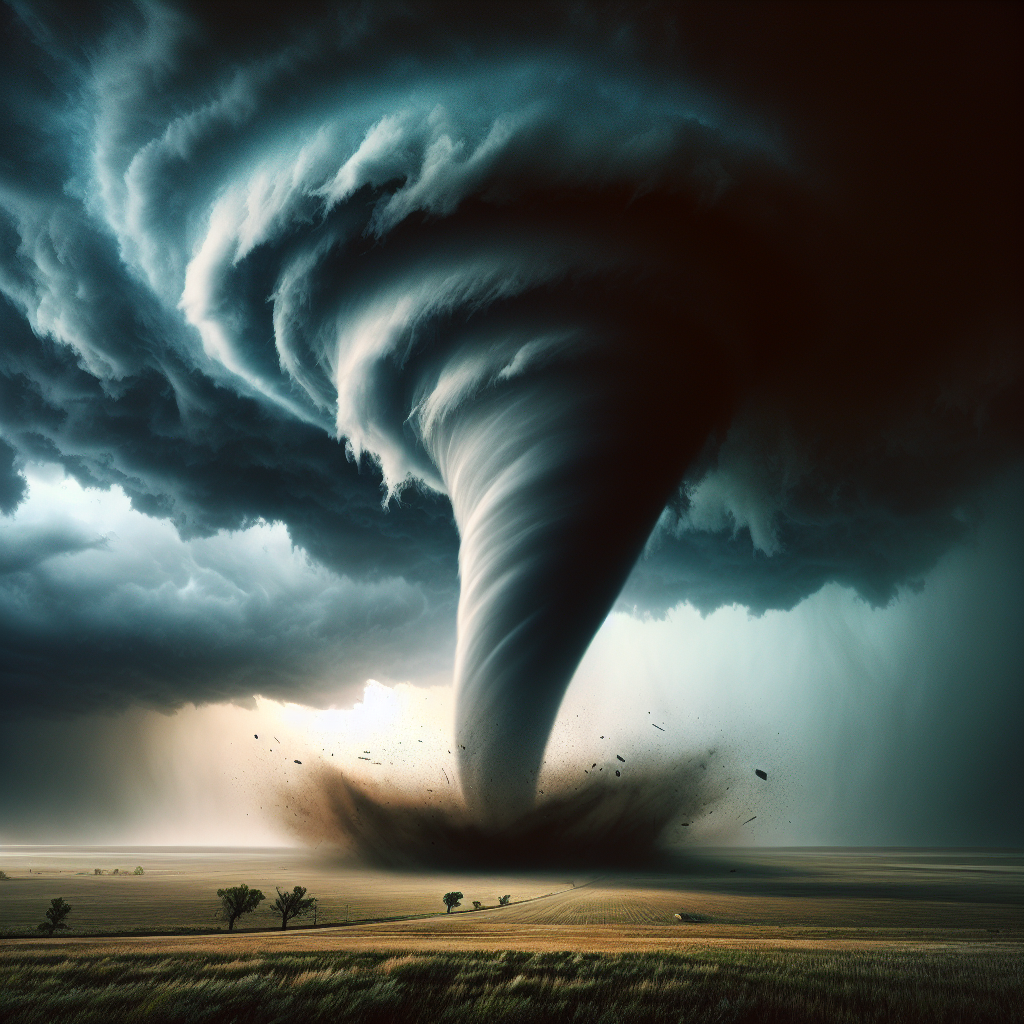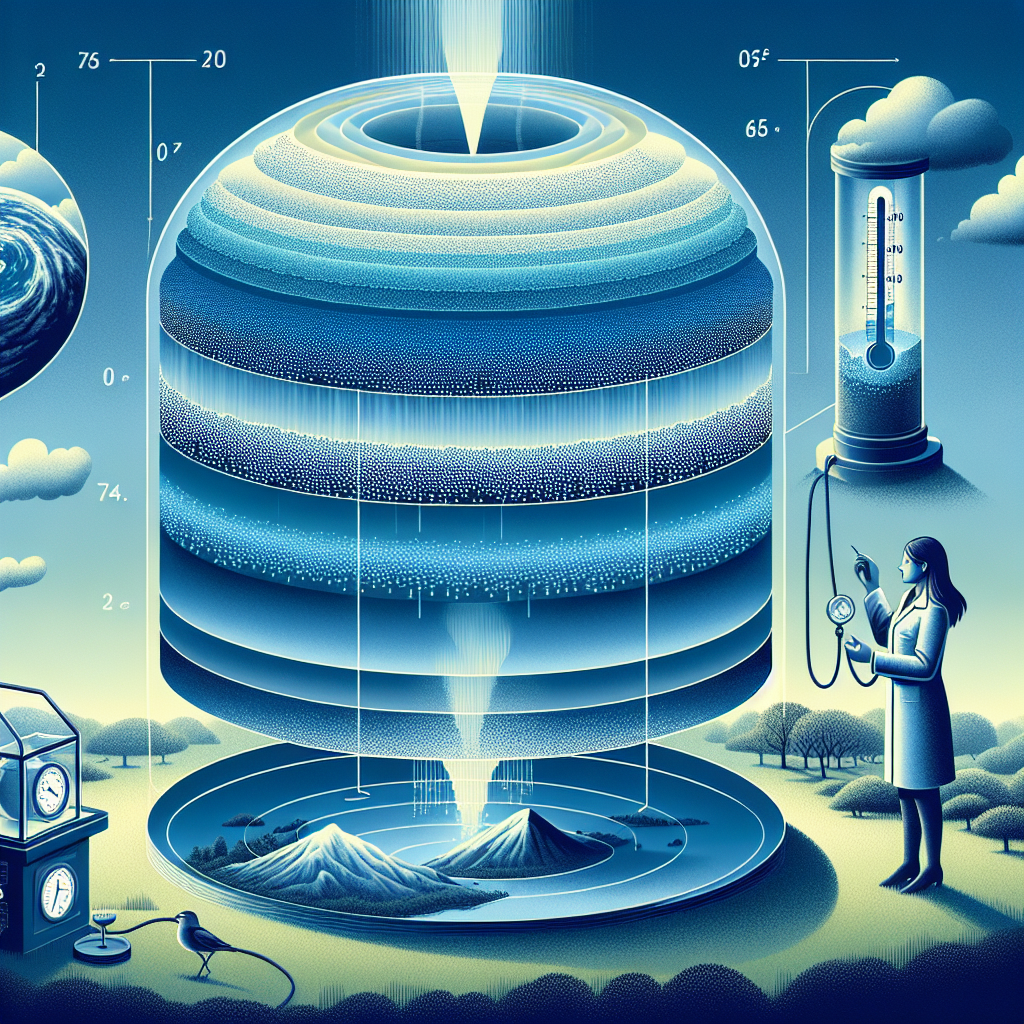The Impact of Extreme Weather on Ecosystems: A Deep Dive
I. Heatwaves: Scorching Earth, Disrupting Life
Heatwaves, prolonged periods of excessively high temperatures, are becoming more frequent and intense globally. Their impact on ecosystems is multifaceted and devastating. Terrestrial ecosystems, particularly forests and grasslands, suffer directly from increased evapotranspiration, leading to drought conditions. This water stress weakens plants, making them more susceptible to disease and insect infestations, accelerating tree mortality and altering vegetation composition. For example, the bark beetle outbreaks in North American forests are exacerbated by heat-stressed trees with weakened defenses.
Aquatic ecosystems are also severely impacted. Increased water temperatures reduce oxygen solubility, leading to hypoxia or anoxia in localized areas, resulting in fish kills and invertebrate die-offs. Sensitive species like trout and salmon, adapted to cooler waters, are particularly vulnerable. Coral reefs, already struggling with ocean acidification, face further stress from thermal bleaching, where corals expel their symbiotic algae, leading to starvation and eventual death. The Great Barrier Reef has experienced multiple mass bleaching events in recent years due to prolonged high sea temperatures.
Heatwaves can also alter phenology, the timing of biological events. Plants may flower earlier, and animals may migrate earlier, disrupting established food webs. This mismatch between resource availability and consumer demand can lead to population declines, particularly for species reliant on specific synchronized events. Furthermore, extreme heat can shift species ranges, as organisms attempt to escape intolerable conditions. However, this displacement can disrupt existing ecosystems and lead to competition with native species.
II. Droughts: Parched Landscapes, Collapsing Food Webs
Prolonged droughts drastically alter water availability, impacting every aspect of an ecosystem. Soil moisture depletion reduces plant growth and productivity, leading to widespread vegetation die-off. This loss of vegetation cover increases soil erosion and dust storms, further degrading the land and impacting air quality. Grasslands are particularly vulnerable to drought-induced desertification, transforming productive grazing lands into barren landscapes.
Water scarcity impacts animal populations, leading to dehydration, starvation, and increased competition for limited resources. Herbivores suffer from reduced forage availability, while carnivores are affected by declines in prey populations. Amphibians, dependent on moist habitats, are particularly vulnerable to drought, with many species facing extinction. Migratory birds may find critical stopover sites dried up, impacting their ability to complete their journeys.
Droughts also increase the risk of wildfires, which can devastate entire ecosystems. The burning of vegetation releases vast amounts of carbon dioxide into the atmosphere, contributing to climate change and further exacerbating drought conditions in a feedback loop. Wildfires also destroy habitats and displace wildlife, leading to long-term ecological damage. The Australian bushfires of 2019-2020, fueled by extreme drought and heat, caused unprecedented damage to biodiversity and ecosystem services.
III. Floods: Submergence and Transformation
Extreme rainfall events and floods can inundate ecosystems, causing widespread destruction and habitat alteration. Flooding can directly damage vegetation, uprooting trees, drowning crops, and destroying riparian habitats. The force of floodwaters can also erode soil, transport sediments, and alter river channels, impacting aquatic habitats.
In aquatic ecosystems, floods can drastically change water quality, introducing pollutants, sediment, and nutrients. This influx of materials can lead to algal blooms, depleting oxygen levels and harming aquatic life. Freshwater ecosystems are particularly vulnerable to the impacts of saltwater intrusion during coastal flooding events, altering salinity levels and affecting species composition.
Floods can also spread invasive species and pathogens, disrupting native ecosystems. Invasive plants can thrive in disturbed habitats created by flooding, outcompeting native species. Waterborne pathogens can spread rapidly during floods, leading to disease outbreaks in both animal and human populations. Furthermore, floods can displace wildlife, leading to increased competition and predation pressure in surrounding areas.
IV. Extreme Storms: Wind, Waves, and Widespread Damage
Extreme storms, including hurricanes, cyclones, and tornadoes, unleash powerful winds and torrential rain, causing widespread damage to ecosystems. Coastal ecosystems are particularly vulnerable to the impacts of storm surges, which can inundate low-lying areas, erode shorelines, and destroy mangrove forests and salt marshes. These ecosystems provide critical habitat for many species and act as natural buffers against storm surges.
Inland ecosystems are also affected by extreme storms, with strong winds causing treefalls, defoliation, and habitat fragmentation. The loss of canopy cover can increase light penetration to the forest floor, altering vegetation composition and impacting understory species. Windthrow events can also create gaps in the forest canopy, favoring the growth of early-successional species.
Extreme storms can also disrupt pollination and seed dispersal, impacting plant reproduction and regeneration. Strong winds can damage flowers and prevent pollinators from accessing them. Heavy rainfall can wash away seeds and seedlings, preventing them from establishing in new areas. Furthermore, storms can exacerbate existing environmental stressors, such as pollution and habitat loss, making ecosystems more vulnerable to future disturbances.
V. Ocean Acidification: A Silent Threat
While not directly a weather event, ocean acidification is intrinsically linked to climate change and exacerbates the impacts of extreme weather on marine ecosystems. Increased atmospheric carbon dioxide is absorbed by the ocean, lowering its pH and making it more acidic. This acidification inhibits the ability of marine organisms, such as corals, shellfish, and plankton, to build and maintain their calcium carbonate shells and skeletons.
Coral reefs are particularly vulnerable to ocean acidification, as it reduces the rate of coral growth and increases their susceptibility to bleaching. Shellfish, such as oysters and clams, struggle to form their shells in acidic waters, impacting aquaculture and fisheries. Plankton, the base of the marine food web, are also affected by acidification, potentially disrupting the entire marine ecosystem.
The combined effects of ocean acidification and extreme weather events, such as heatwaves and storms, can have devastating consequences for marine ecosystems. Coral reefs, already stressed by bleaching, are further weakened by acidification, making them more vulnerable to storm damage. Shellfish populations, struggling to form shells in acidic waters, are more susceptible to disease and predation.
VI. Cascading Effects and Ecosystem Resilience
The impacts of extreme weather events are not isolated; they often trigger cascading effects throughout ecosystems. The loss of a keystone species, such as a dominant tree species or a top predator, can have profound impacts on the structure and function of the entire ecosystem. Climate-induced range shifts can introduce invasive species or disrupt established food webs, leading to further ecological changes.
Ecosystem resilience, the ability to recover from disturbances, is crucial for mitigating the impacts of extreme weather. Healthy and diverse ecosystems are generally more resilient to climate change than degraded and fragmented ecosystems. Protecting and restoring ecosystems, reducing pollution, and managing resources sustainably can enhance their resilience and help them withstand the increasing frequency and intensity of extreme weather events. Climate change adaptation strategies must also focus on helping species and ecosystems adapt to changing conditions, such as assisted migration, habitat restoration, and genetic conservation. Ultimately, mitigating climate change by reducing greenhouse gas emissions is essential for protecting ecosystems from the devastating impacts of extreme weather.


















